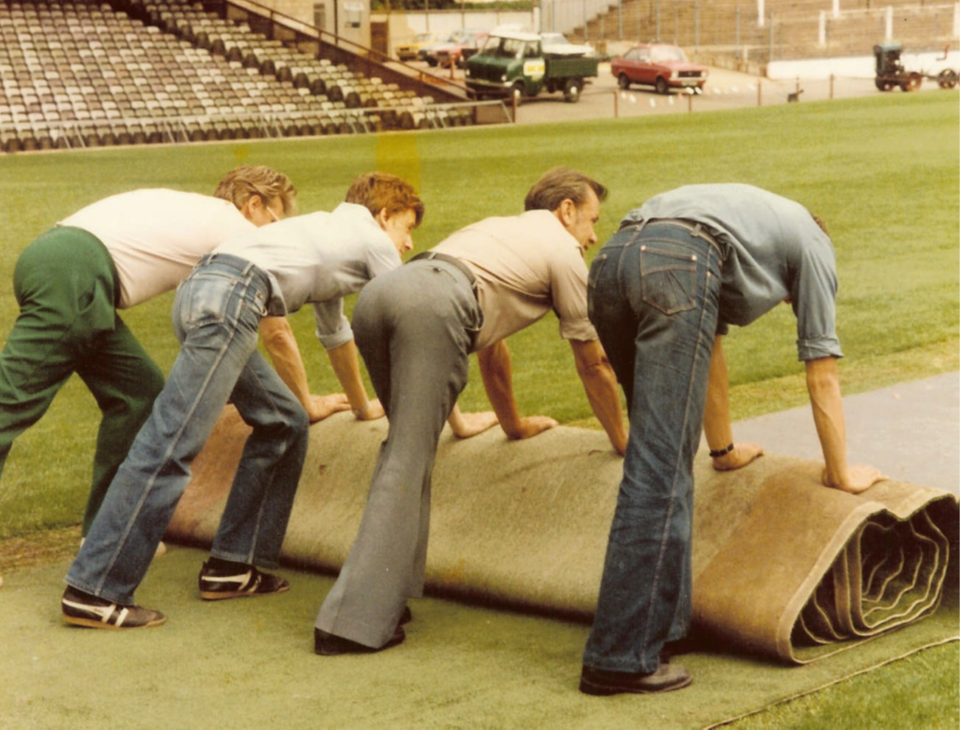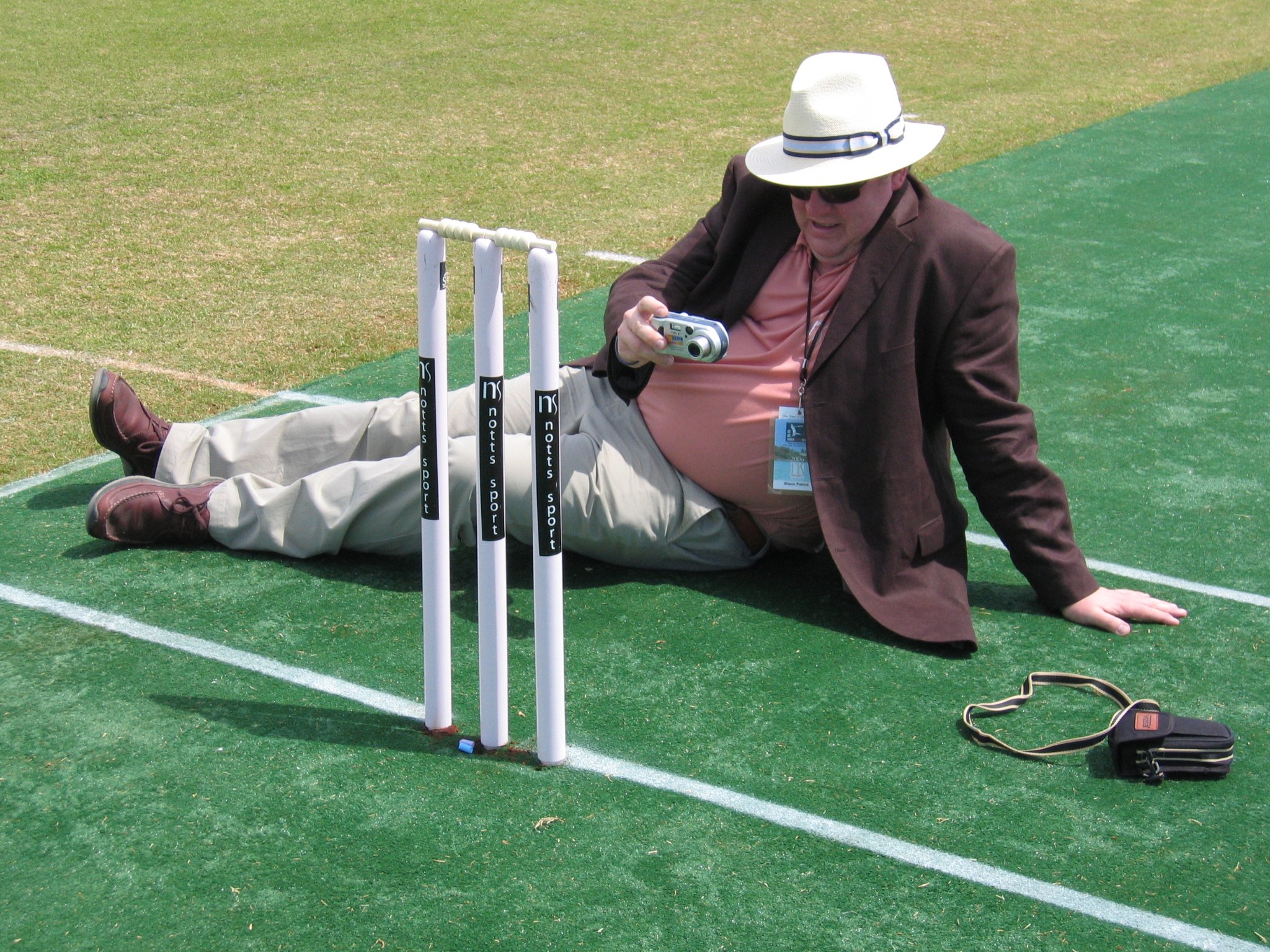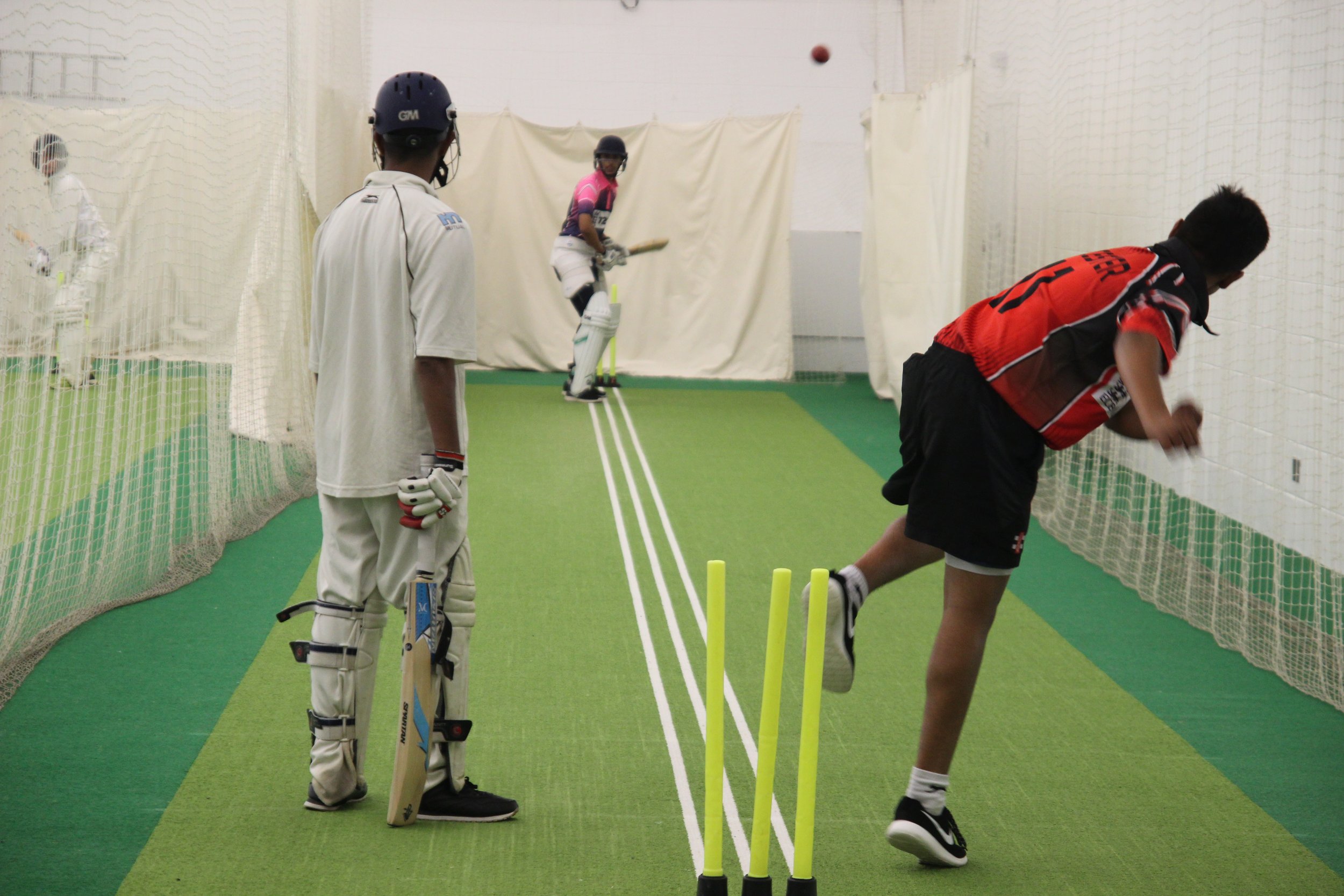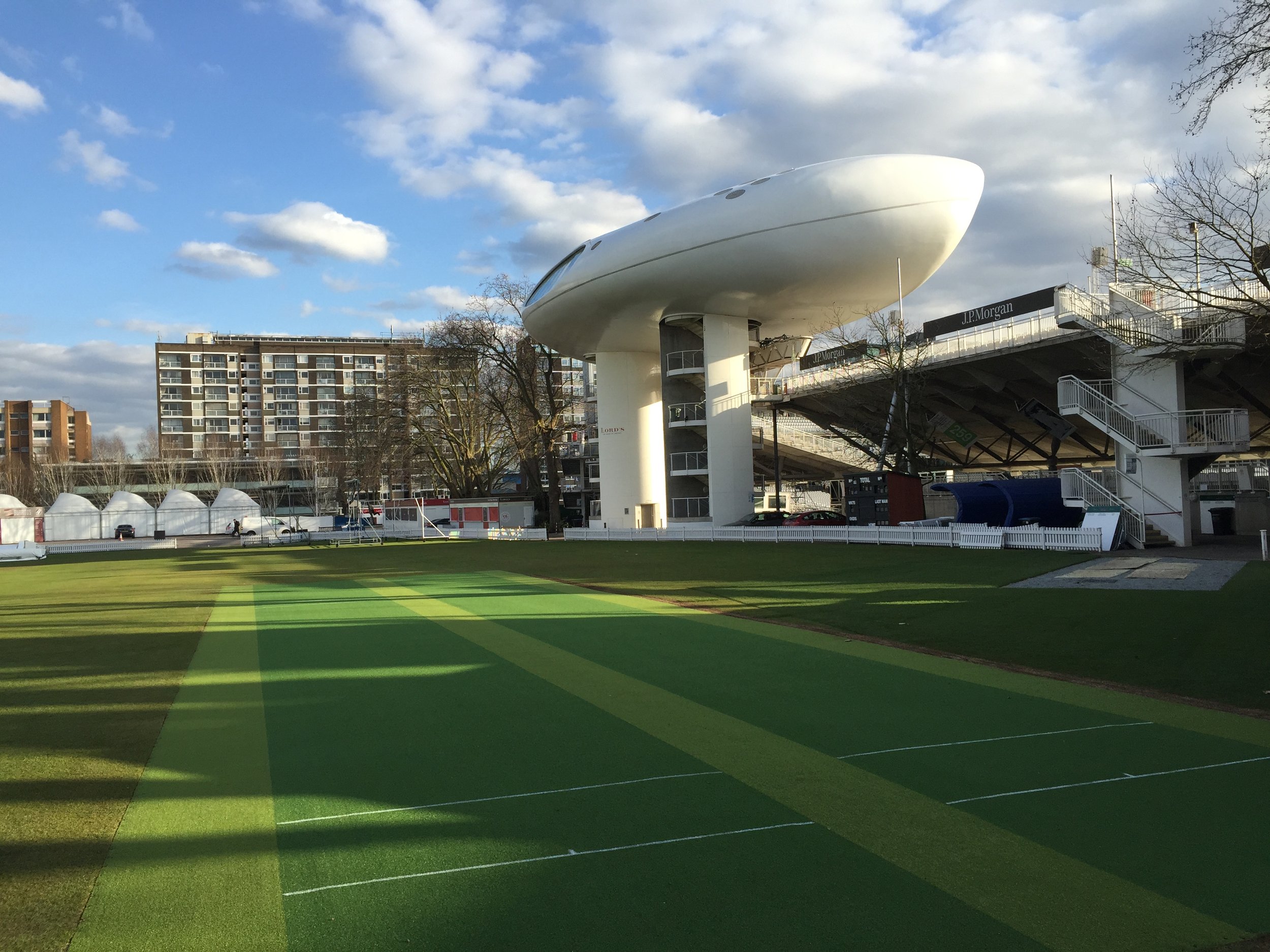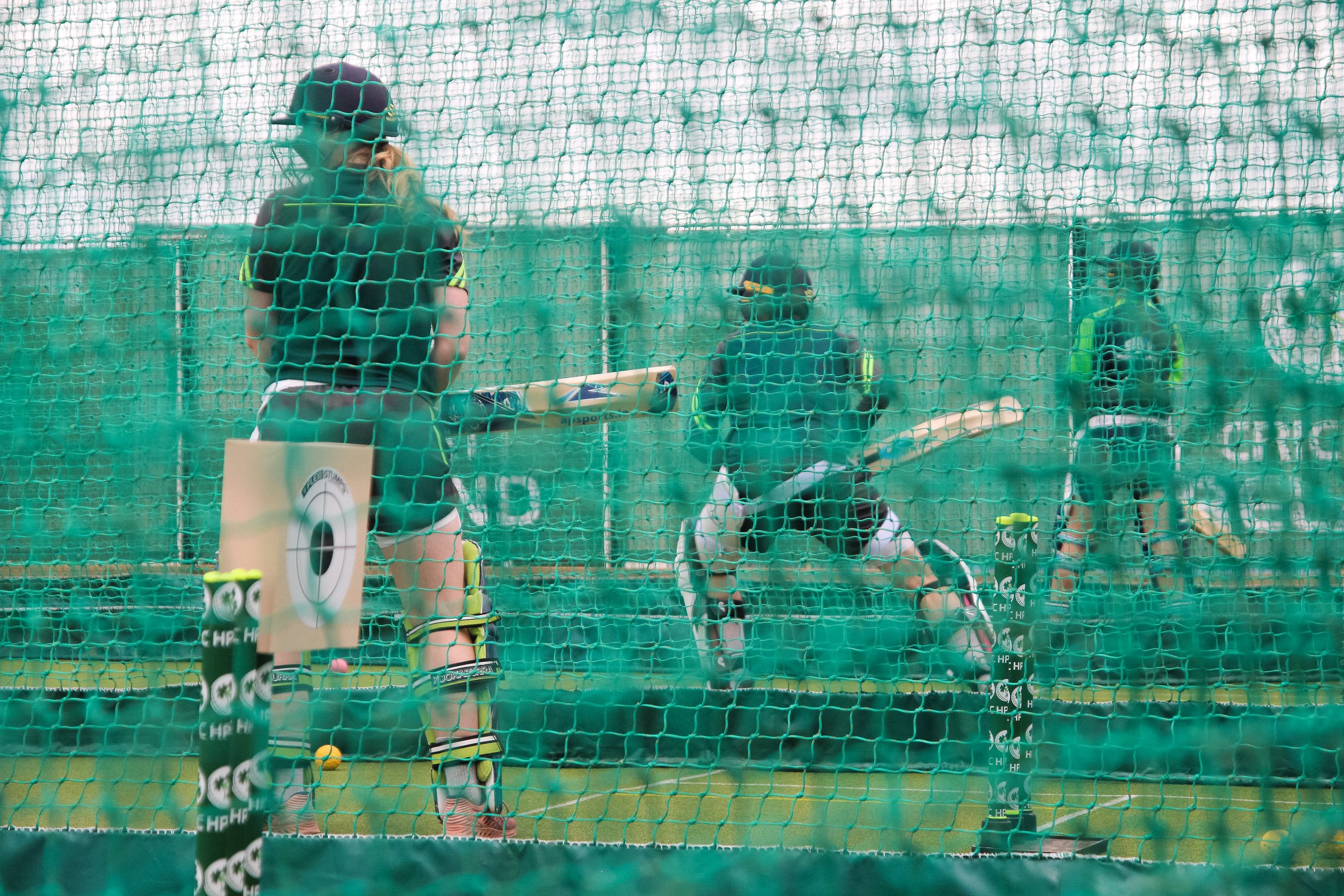Have you ever wondered about where the idea for Non-Turf Cricket Pitches came from?
In the 1970s, the concept was born under the guidance of Nottinghamshire County Council Playing Fields Officer Peter Dury. Peter’s department maintained all the school playing fields across Nottinghamshire. Faced with a decline in the number of trained grounds staff and the reduction in playing field stock, something needed to be done to allow cricket to continue at schools.
At the time, other options for cricket pitches that were used worldwide included unrelenting concrete bases and unrealistic low-quality matting. Peter had a vision that he could invent something that “played like grass”.
Research & Development
The main square at Trent Bridge, home of Nottinghamshire County Cricket Club (NCCC), was widely regarded as the best-performing pitch on the County and International circuit in the 1970s. With the help of the staff at NCCC, Peter and his team were able to create technical equipment that would measure the pace, bounce, and spin of the square over a few seasons. Armed with extensive data, Peter’s team got to work on developing their first artificial cricket pitch.
To start with, Peter needed to work out a type of surface that would provide a hard-wearing top layer. Synthetic grass (colloquially known as Astro Turf since its first use in the Houston Astrodome in 1969) was starting to appear in various forms in the UK. Working alongside carpet manufacturers, Peter developed a Needlepunch carpet (similar to something you’d see in an office) and the more expensive Wilton Woven type carpet (which you’d find in more domestic settings). Using plastic fibres, Peter produced two carpet types (Notts Turf and Notts Weave).
Working with several different types of aggregates over many years, Peter and his team finally agreed that a hard porous material, like the material used on “all-weather football pitches”, worked best for the cricket base. Various designs were used to separate the hard porous base from the surface, and needle-punch materials, similar to Terram, were developed, including a thicker material used as a shockpad.
The first “Non-Turf Cricket Systems”
Firstly, the Nottinghamshire Mark 1 pitch and then the Mark 2, eventually the famous Envelope system was invented. This system kept all the aggregate separate from the soil and the carpet, avoiding contamination.
Peter, never one to be 100% happy with his developments, decided that he could improve on his designs. He worked on a theory that synthetic materials could be used to create the perfect playing characteristics, and the concept of a direct lay pitch came to fruition. The first system was the Sherwood Pitch, used in the 1980s for floodlit cricket. Incredibly, one of the first trials was at Stamford Bridge, home of Chelsea FC, who hosted a show match between Essex and The West Indies in 1980. By 1983, an even better version, The NottsBase D system, was developed and is still unrivalled in terms of performance, consistency, and value for money 40 years later.
Notts Sport Ltd is formed
By 1981, Nottinghamshire County Council became aware that these developments and solving the issues facing schools in the county could have substantial commercial potential. Peter’s designs were patented and trademarked, and working in partnership with other synthetic grass suppliers, the products were, rather unsuccessfully, marketed to schools and clubs in the UK.
Fast forward to 1984. Bert Patrick, who had founded Admiral Sportswear, the leading supplier of replica football kits, and was now selling staff clothing with his son, Shaun, to local authority leisure centres, had a chance meeting with Peter. Peter explained that NCC had all these fabulous products wrapped in Intellectual Property but could not find a decent company to market and sell them. After several meetings, an agreement between the Patrick family and NCC was secured, where an independent company (called Nottinghamshire Sports and Safety Systems Ltd and owned by Bert and Shaun) would be the sole licensee of the Notts products.
In 1991, Nottinghamshire County Council’s political leanings had shifted to the left, and the decision was taken that this commercial revenue was inappropriate. Shaun Patrick, always one to take a calculated risk, remortgaged his house, borrowed to the hilt, and bought the Intellectual Property for all the designs. At the same time, realising that the company name didn’t roll off the tongue very easily, shortened the title to Notts Sport Ltd.
Working in partnership with the National Cricket Association (later to join forces with the TCCB and become the ECB), Shaun marketed the cricket pitches to schools, clubs, and local authorities in the UK. By the early 2000s, interest from overseas was increasing, and further partnerships were made with ICC Europe and the Asian Cricket Council, which saw the famous D pitch sold worldwide.
Ongoing innovation
In 2012, The PICS system (Portable Instant Cricket Pitch) was developed, allowing a roll-down mat to be used on several surfaces, including 3G pitches, cricket outfields and indoor sprung flooring. A true game-changer if ever there was one!
Onto 2017 and the introduction of NottsGrass Ultra, a state-of-the-art texturised monofilament yarn bringing huge advances in cricket surfacing technology and catapults cricket surfacing into the 21st Century. Independent laboratory test results show that the NottsGrass Ultra fibre maintained critical performance characteristics for longer.
We look forward to announcing even more advancements soon thanks to our tireless R&D department.



